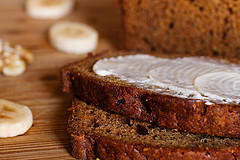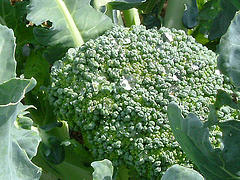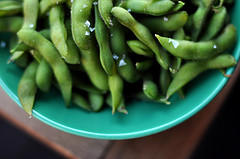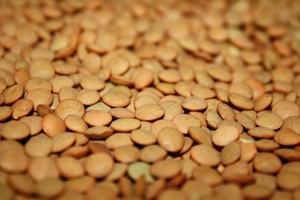If you get a cold or the flu every winter like clockwork, you’re likely always on the hunt for natural ways to treat your illness at home. Before you drag yourself out of bed to go to the doctor, try these all-natural home remedies to help banish your sore throat, soothe that runny nose, and make your aching muscles feel as good as new. (But consult your doctor for professional medical advice first!)
- Drink as many fluids as possible. When you’re feeling all stuffed up and congested, one of the best ways to rid your nasal cavity of mucus is by drinking plenty of fluids. Aim for eight to ten glasses of water per day, and supplement them with herbal teas, sports drinks, and even broth-based soups.
- Inhale steam. Another way to clear your stuffy nose is by leaning over a pot of boiling water, placing a towel over your head, and breathing deeply through your nose—just be careful not to breathe too deeply and burn yourself.
- Adjust your diet. By incorporating things like lemons, garlic, and honey into your diet, you can absorb their vitamins and antimicrobial properties. Green tea or peppermint tea also help to rid your body of cold or flu symptoms.
- Gargle with salt water. If a sore throat is keeping you up at night, this old wives’ tale can help to decrease the swelling in the throat’s mucous membranes and ease your pain.
Home Remedies for Colds [WebMD]
Cold and Flu Home Remedies [Doctor Oz]
22 Natural Sore Throat Remedies to Help Soothe the Pain [Everyday Roots]





![By Jonathunder (Own work) [GFDL 1.2], via Wikimedia Commons](http://www.respage.com/cms/img/2277.jpg)
![By Sergio Bastos (Sergio Bastos camera) [Public domain], via Wikimedia Commons](http://www.respage.com/cms/img/63.jpg)









 Equal Housing Opportunity
Equal Housing Opportunity